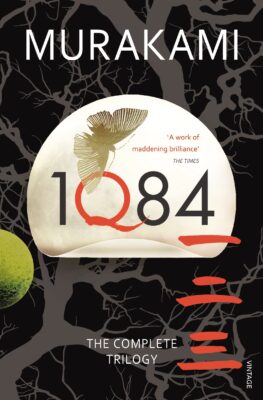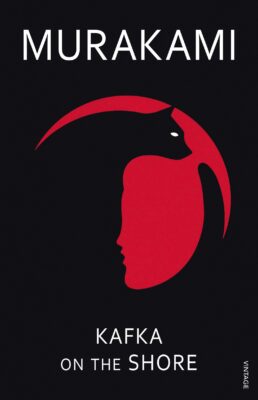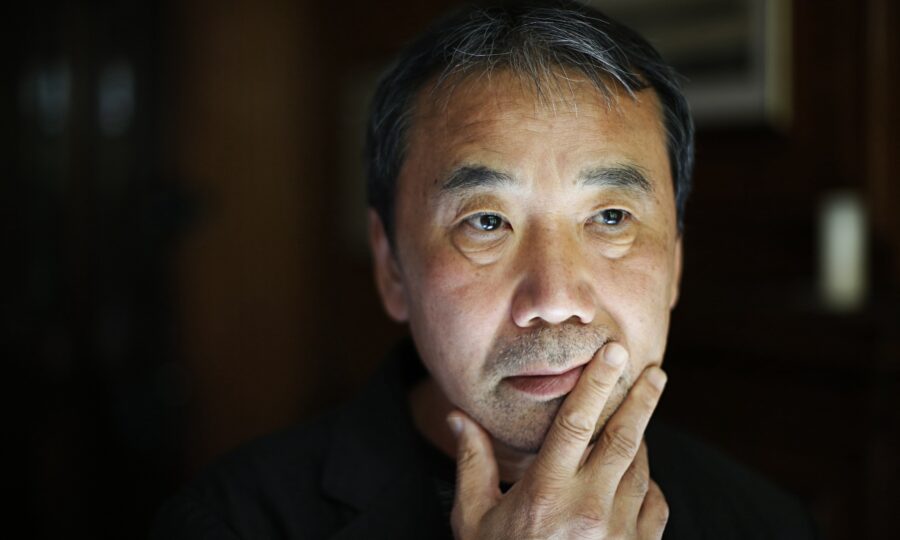Social distancing is taking the proverbial stuffing out of the best of us. It’s one thing to share memes about how we’re all actually introverts, putting on a good show. It is another to actually sit at home knowing you cannot go anywhere because you may catch a deadly virus that is more intent than America in conquering foreign lands.
Since all of us who are reading this have good broadband, we’ve been surrendering to the almighty content providers and hoping that we don’t run out of shows to stream before our self- and government-imposed restrictions are lifted.
If screen time all the time is too much for you, let me recommend the best alternative. At times like these, when the confinement cannot be helped, you need to look for work that will immerse your mind fully, and allow for conversation that won’t stop. And for this, I prefer Haruki Murakami’s books.
If I knew Japanese, I’d read his books in original. But I need to rely on English translations, and honestly, I cannot imagine how stunning the original prose must be if the English version is so mesmerising. Murakami’s heroes are adept at social distancing, and for those who don’t know better, let me tell you that reading his descriptions of their daily life – wake up, shit, shower, shave, make food, eat, do everyday humdrum things – will have you wondering if you can replicate their behaviour.

22841359910
1. Colourless Tsukuru Tazaki And His Years Of Pilgrimage: Released worldwide, in English, in 2014, this book is peak social distancing. Tsukuru, a man with a plan, lands his dream job, and is working but his past has him baffled. When he decides to confront the people who upended everything he knew to be his reality, what unfurls is terrible for him. Here is a man who had no choice but distance himself from his people. From his support systems. He had to get on with life, and with no way of getting answers. Meanwhile, he lives an isolated life, and goes through the motions. All because of one missing link from his past. This is a long book, and the last chapter may baffle you. But, it is a scene that tells you that Tsukuru Tazaki, now in possession of answers has the luxury of finding his way back to his passion – trains and train stations.

81WaPTDslGL
2. 1Q84: Released in English, in 2011, this novel is of personal interest to me. I was born in 1984. So, obviously, when I was old enough, the first thing I did was borrow a copy of George Orwell’s 1984, and develop unfounded conspiracy theories about the year of my birth. So, when my favourite novelist also alluded to this particular year, I was waiting to sink my teeth into it. This book takes some getting used to. It’s not for everyone. To begin with, it is a behemoth. It traverses space and time like nothing you’ve ever read, and honestly, if you’re not into it, just let it go. I braved the elements, took breaks, discussed the heck out of it with people, and finally finished it. Immensely gratifying. Another protagonist whose social distancing will really have you rooting for the cause.

81tdbrewW0L
3. Kafka On The Shore: Released in English in 2005, this book had me jumping for joy. I refused to engage with people who wanted to bury themselves into everything this book was about, or hunt for deeper meanings. Here was a novel that experimented with reality and perception well before Black Mirror did, and boy, was it worth all of the craziness. Talking cats, to strange train stops, Murakami seems determined to take us, the reader, on a guided tour of the Japanese male mind, and none of those landscapes allow for a reader to say “one day, I’m going to date/marry someone just like him”. These men, in their isolation, see the world so differently. They are each on a mission, to uncover something from their lives that may, or may not make them whole. And in Kafka On The Shore, it’s quite the twisted ride.
4. Norwegian Wood: I read Jay Rubin’s English translation (that is the authorised one to be published outside Japan in 2000). This book, if I’m being honest, left me a little shaken. A man in search, again, like all of Murakami’s men, of a lost love and a story. It seems that these men operate in a kind of social distance themselves. Their arcs all begin seemingly normally, regular people living regular lives – home, school, college, love. But something happens, as things happen, and they go from regular people, to someone so internal that it is difficult to believe that they are able to traverse the outer world with any modicum of regularness. And Norwegian Wood ends with perhaps the most existential of all question, “Where are you now?” If only we knew.

145e83356189f8a6b1df674132d76682
5. The Wind-Up Bird Chronicle: Published in English in 1997, translated by Jay Rubin, this book finally has a young girl socially distancing herself, because she wants to. The most intriguing part of this entire book was this girl. May. She had an air about her, mystique is the word actually. For a teenager, there was so much to her. What struck me the most is that no one really writes teenage girls like that. They’re all preoccupied, in chick lit, looking for boys to love, or solving mysteries and then looking for boys to love. No one is sitting at home, conversing with adult men like some French ingenue and speaking of the world like a mystic. There is so much to this book, but May is by far the best bit of character writing.
By the time you’re done with these, I’m pretty sure the semi-lockdown will be done, and the dystopia we’re all in won’t seem quite as crazy as the meme nation is making it out to be. I, on the other hand, have an unread copy of Killing Commentadore to dive into.



